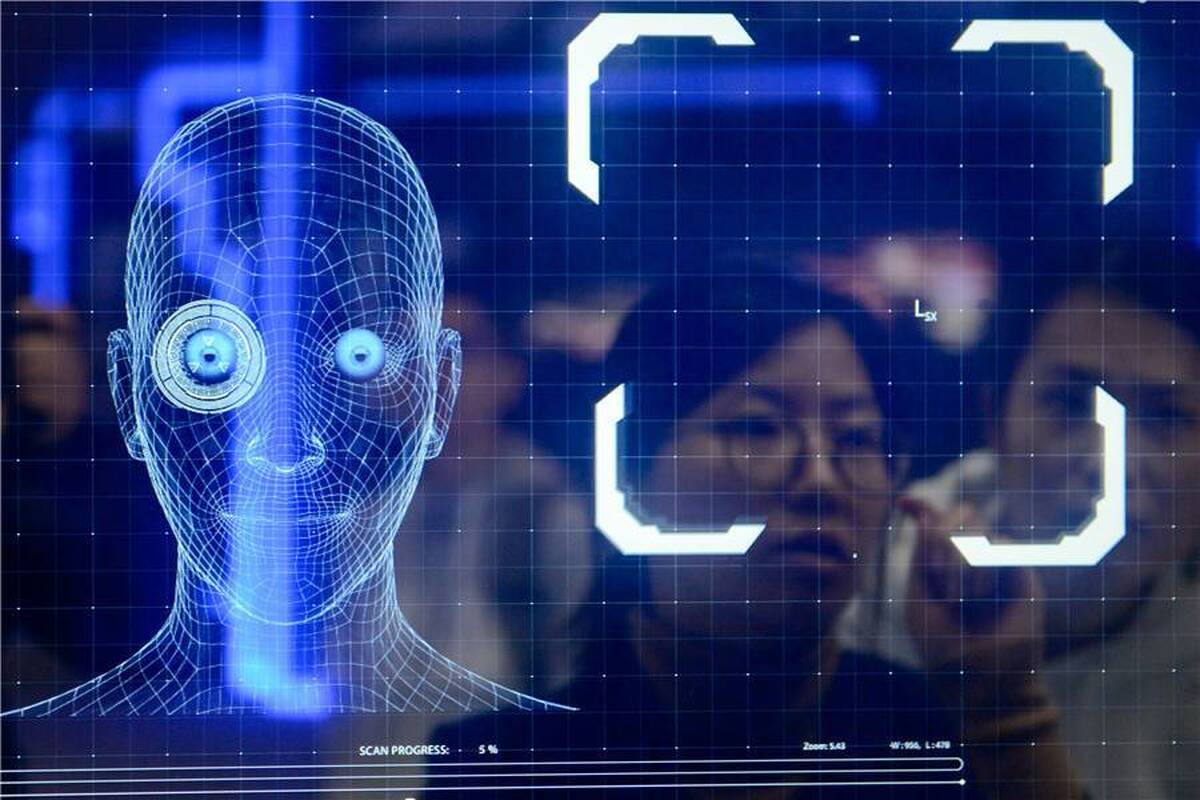New AI System Helps Missing Children Return Home

Artificial intelligence (AI) technology has been applied in many fields, and it is now playing an increasingly important role in issues of public interest, the Xinhua reported.
For the last three years, the volunteer team of students from HUST has been providing technological support to many desperate parents looking for their children by restoring over 1,000 photos, and it has reunited 11 missing children with their families.
The team's AI technology has increased the odds of finding missing children, reduced search times and brought hope to many families, said Zhang Baoyan, founder of baobeihuijia.com, a major non-profit organization that searches for people who have lost contact with their families.
The team was founded by Sheng Jianzhong three years ago, when he was a doctoral student at HUST's School of Software Engineering.
He first thought to restore photographs of missing children when he came across a missing child notice with a poor-quality image in 2020. As he was majoring in digital image processing, he decided to use his skills to help the parents restore their images.
But the development of an image restoration algorithm requires the construction of a large database, which cannot be completed by one person alone. Many like-minded students soon volunteered to join Sheng's project, writing code and testing algorithms.
After six months of intensive technological research and development, they produced an image restoration AI algorithm that solved the issue of unclear faces in photographs.
A restored image can be generated just minutes after a blurry portrait is entered into the system, significantly improving resolution and the clarity of facial features. Parents are then able to print the high-quality images of their missing children onto T-shirts or large posters.
In December 2021, father Sun Haiyang was finally reunited with his abducted son after 14 years of searching. The case had become a media sensation after a movie based on the story was released in 2014. Sheng's team contributed to efforts to find the boy, and Sun expressed his gratitude to them when they met.
The team maintains close relations with public security organs and non-profit organizations. In many cases, they don't have direct contact with the families, and sometimes they don't even know about their involvement. "But we still feel fulfilled, and we are happy for them," said Zhang Shaoyun, a member of the team.
The volunteers have also made tapes and postcards using the restored photos to expand the scale of searches.
"We have created a small community where families can share information, send messages and comfort each other," Sheng said.
He has also been exploring AI application in other areas. Ahead of the 2021 Qingming Festival, also known as Tomb-sweeping Day, China's Ministry of Veterans Affairs launched a program searching for relatives of unidentified martyrs. It published information about 100 such martyrs, providing photographs of 68. Sheng's team worked against the clock for three days to release the restored images before the festival.
In the future, Sheng plans to build a more professional team to run the existing non-profit programs. "It would use technology to help people who have lost their loved ones, and also cultivate more young scholars to work for good causes," he said.
4155/v





















